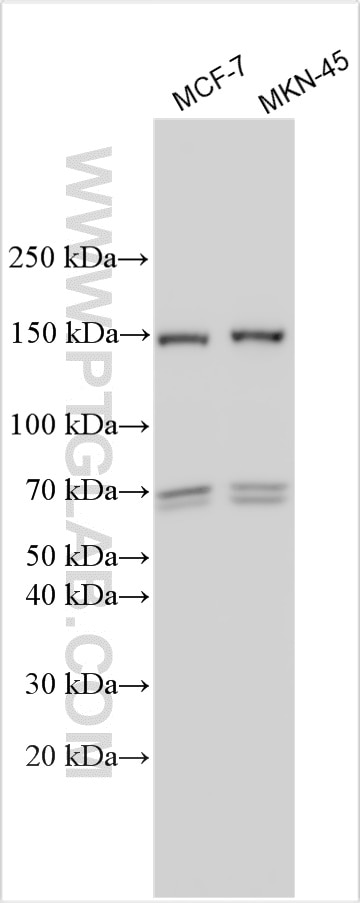PTPRF (Protein Tyrosine Phosphatase Receptor Type F) is a receptor protein tyrosine phosphatase, also known as LAR. PTPRF is a transmembrane protein with extracellular domain, transmembrane domain and two intracellular catalytic domains in series. It is located in the cell membrane and participates in the interaction between cells or cell matrix. It is widely expressed in many tissues, including fat, skin, heart, lung, liver, kidney, pancreas, small intestine, colon, brain, skeletal muscle, spleen, peripheral white blood cells and so on. The protein plays an important role in regulating a variety of cell processes, including cell growth, differentiation, mitotic cycle and carcinogenic transformation. In the insulin-responsive tissues of obese and insulin-resistant individuals, the expression level of PTPRF is increased, which may contribute to the pathogenesis of insulin resistance. PTPRF showed expression changes in many cancers, such as breast cancer, thyroid cancer, non-small cell lung cancer and so on. In gastric adenocarcinoma, PTPRF, as a new tumor suppressor, plays a role by inactivating ERK1/2 signaling pathway (PMID: 32973331). The total length of the protein is 175-200kd, and after cutting, it forms 125-150 and 80-85kd,70 and 72kDa fragments (PMID: 1547787, PMID: 17259169).



